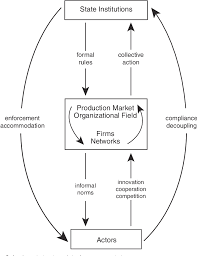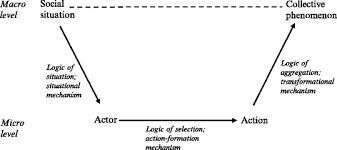
The emergence and robust growth of a private enterprise economy in China was neither envisioned nor anticipated by its political elite.
In launching economic reform in 1978, the initial motivation was to address failures of central planning within the institutional framework of state socialism. The political elite approved reform policies in order to stimulate productivity in a command economy weighed down by years of lagging economic performance. With their continuing emphasis on public ownership, the post-Mao reforms seemed nothing other than an ambitious project to shore up the state-owned economy in the aftermath of a calamitous decade of political turmoil. Compared to the sweeping changes under way in other transition economies, the Chinese reform seemed overly conservative, committed to restoration rather than transformative change. Contrary to expectations of economists in the West, however, China’s economic reforms gave rise to a thriving market economy.
This book reports the results of a six-year (2005–2011) study that aims to explain the institutional change in China that gave rise to this new economic order.



Reviews
Chinese leader Deng Xiaoping’s decision to open China to global markets is often identified as the beginning of the transition, but Victor Nee and Sonja Opper argue in their book that the Chinese economic miracle is based on the actions of ambitious entrepreneurs who did not wait for Beijing’s sanction to launch their ventures. Terrance Murray, The Financialist
[Nee and Opper’s] main point is that the Chinese market economy was created not from above, by the state, but from below, by entrepreneurs. The state came in later, to legitimize and regulate the institutions that the economic actors created. This is not a new idea, but Nee and Opper’s extensive interviews with entrepreneurs in the Yangtze Delta region give a detailed picture of how it happened…Andrew J. Nathan, Foreign Affairs
This well-researched, well-written volume will be a point of reference for many years to come.R. M. Ramazani, Choice

